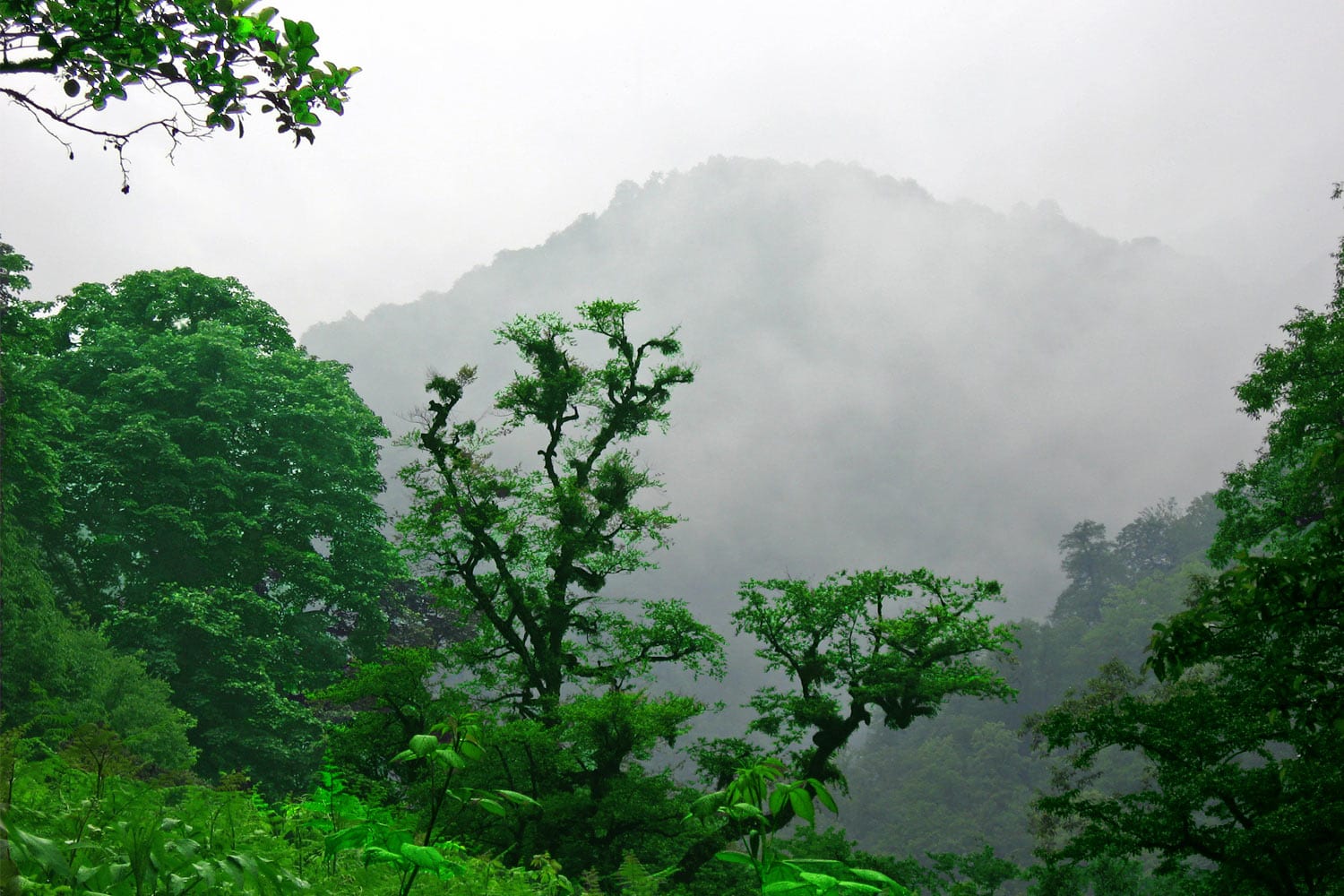Iran’s Hyrcanian Forests Inscribed on UNESCO’s World Heritage List

Iran’s Hyrcanian Forests Inscribed on UNESCO’s World Heritage List
UNESCO said the forests run some 850 kilometers along the southern coast of the Caspian Sea. They date back up to 25 to 50 million years, it said, and are home to the Persian Leopard, nearly 57 other mammal species, and 180 bird species.
During its morning session, the World Heritage Committee, meeting in Baku until 10 July, inscribed Iran’s Hyrcanian forests, to the World Heritage List.
he Caspian Hyrcanian Mixed Forests ecoregion, in the temperate broadleaf and mixed forests biome, is an area of lush lowland and montane forests covering about 55,000 square kilometres near the southern shores of the Caspian Sea of Iran and Azerbaijan. The forest is named after the ancient region of Hyrcania. In Iran, this ecoregion includes the coast along the Caspian Sea and the northern slopes of the Alborz Mountains. It covers parts of five provinces of Iran from east to west.

Contents
Flora of the Caspian Hyrcanian mixed forests
The natural forest vegetation is temperate deciduous broadleaved forest. 32.7 percent of volume of Hyrcanian forest is of Oriental Beech. A main feature of the region is the lack of conifers; only relics of coniferous species are present, which include European yew, Junipers, Mediterranean Cypress and Chinese Arborvitae.
The Caspian Sea coastal plains were once covered by Chestnut-leaved Oak, European Box, Black Alder, Caucasian Alder, Caspian Poplar and Caucasian Wingnut, but these forests have been almost entirely converted to urban and agricultural land.
The lower slopes of Talysh and Alborz Mountains below 700 metres (2,300 ft) harbor diverse humid forests containing Chestnut-leaved Oak, European Hornbeam, Persian Ironwood, Caucasian Zelkova, Persian Silk Tree, and Date-plum along with shrubs holly, Ruscushyrcanus, Danaë racemosa and and lianas Smilax excelsa and Hedera pastuchovii (Mosadegh, 2000; Marvie Mohadjer, 2007).
Persian Ironwood is endemic to the Talysh Mountains and northern Iran and nearly pure stands of the tree can be particularly dramatic, with lichen-covered branches twisting together and only dead leaves in the deep shade of the forest floor. In addition, the ironwood’s yellow leaves turn a faint lilac in the fall.
Upper mountain and subalpine zones are characterized by Caucasian Oak, Oriental Hornbeam, shrublands and steppes. Alpine tundra and meadows occur at the highest elevations.

Fauna of the Caspian Hyrcanian mixed forests
The Caspian tiger once roamed these mountains, but is now extinct. Other large mammals here are the Caucasus leopard, lynx, brown bear, wild boar , wolf, golden jackal, jungle cat, badger, and otter.
This ecoregion is an important resting area for birds migrating between Russia and Africa and is thus a key habitat for many bird species. Some outstanding birds that can be found here are the greylag goose, white-fronted goose, Little bustard, glossy ibis , Eurasian spoonbill, night heron, red-breasted goose, peregrine falcon, Dalmatian pelican, Western cattle egret, squacco heron, greater flamingo, white-headed duck, and Caspian snowcock.




